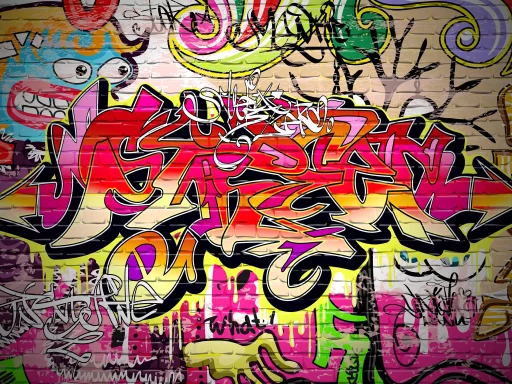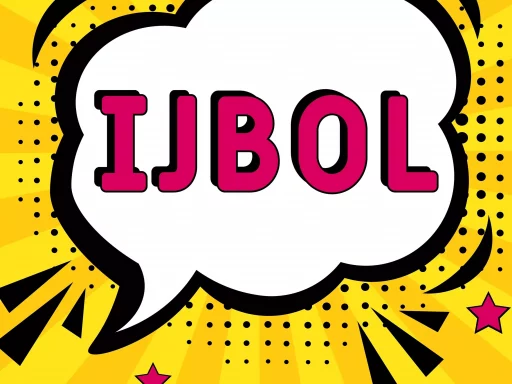Introduction to “Ratioed”
In the age of social media, language is constantly evolving, often giving rise to new slang terms that encapsulate complex social interactions in just a single word. One such term that has gained traction in recent years is “ratioed.” But what does ratioed mean, and how is it used in the digital landscape? In this article, we will explore the meaning of ratioed, its origins, examples, and its sociocultural implications.
What Does “Ratioed” Mean?
The term “ratioed” originated on Twitter and is primarily used when a reply to a post gets significantly more engagement—likes or retweets—than the original post itself. This suggests that the community disagrees with or disapproves of the original statement, effectively replacing it with a more popular response.
The Origins of the Term
The concept of being “ratioed” is rooted in the idea of social media metrics, where likes and retweets serve as indicators of a post’s acceptance or rejection. Twitter users noticed that when a tweet sparked a backlash, the replies often garnered more attention than the original tweet. This led to the development of the term as a way to describe a public disapproval of a statement or stance—often seen as a digital social shaming.
How to Identify a Ratioed Tweet
Identifying a ratioed tweet is relatively straightforward. Here’s how to spot one:
- Engagement Metrics: Check the engagement levels. If the replies have more likes or retweets than the original tweet, it’s a clear indicator that the original post has been ratioed.
- Narrative Shift: Observe the narrative shift in responses. Ratioed tweets often garner replies that challenge or mock the original claim.
- Use of Humor or Sarcasm: Many ratioed tweets feature sarcasm or humor, highlighting the humor in the disproval.
Examples of Ratioed Tweets
To illustrate, let’s consider these hypothetical examples of ratioed tweets:
- Tweet 1: “I don’t think climate change is a serious issue.”
- Reply 1: “Says the person using a car while avoiding public transport. #ClimateChange” – 500 likes.
- Reply 2: “Maybe walk a mile in someone else’s shoes first?” – 400 likes.
- Tweet 2: “Fast food is the best cuisine in the world.”
- Reply 1: “Have you ever tried cooking?” – 800 likes.
- Reply 2: “Culinary skills aren’t overrated, bud!” – 650 likes.
In these examples, the replies demonstrate a collective disapproval of the original statement, effectively leading to a ratioed situation.
The Sociocultural Implications of Being Ratioed
Being ratioed can have several implications. It functions as a form of social accountability, where internet users hold each other to a certain standard of discourse:
- Promotion of Critical Thinking: Ratioed tweets often prompt constructive dialogue and critical examination of statements, as users feel empowered to counter misinformation or unpopular opinions.
- Digital Public Shaming: While it can promote healthy debate, being ratioed may also function as a form of public shaming, which can affect the mental health of users who experience it.
- Community Reactions: Ratioed reactions often reveal the values and norms of online communities, indicating how certain ideas or beliefs are viewed by the masses.
Case Studies: When Ratioed Made Headlines
Several high-profile incidents show how ratioed tweets can spark major conversations and even lead to significant changes. Here are a couple of case studies:
- The 2020 US Election: During the 2020 election cycle, statements from various political figures were frequently ratioed as users highlighted contradictions or provided factual evidence, demonstrating the power of online discourse.
- Corporate Mishaps: Many companies have faced backlash on Twitter, leading to ratioed communication. For example, a poorly received advertisement often results in responses that overshadow the intent of the original content.
Statistics Behind Ratioed Tweets
While comprehensive statistics on ratioed tweets are sparse, a few relevant insights can be gathered from social media studies:
- Engagement Rates: A study from 2021 found that tweets with a significant ratio of replies to likes had an increased likelihood of engaging discussions, often bringing awareness to important issues.
- User Sentiment: Research indicated that users who are ratioed tend to see a 30% increase in follower engagement afterwards, suggesting that controversy often breeds interest.
Conclusion
The term “ratioed” serves as more than just a jargon for social media users; it represents an evolving landscape where public opinion and discourse thrive. As language continues to develop within digital realms, understanding such terms aids in navigating interactions that define online communities today.






